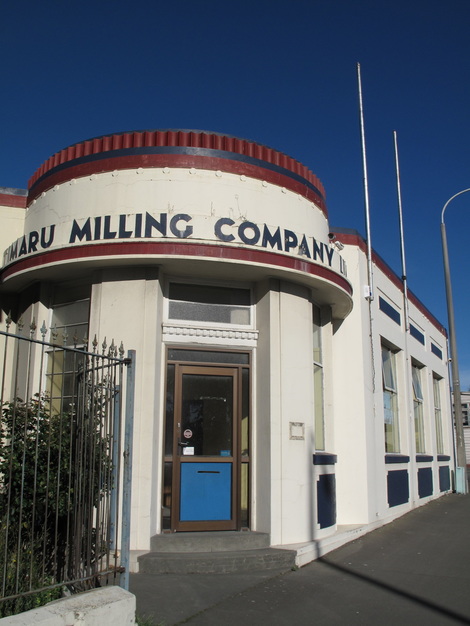|
The Victorian period produced many highly decorated buildings while the Edwardian era (1900-15) was far more restrained. Then the rather brief fling with the Art Nouveau style led to curvilinear shapes in elegant steel and glass, creating lacy web-like texture to buildings.
Early in the 20th century the pure Modernists of northern Europe declared war on these decorative periods, suggesting in their written works that decoration was associated with all things evil in society. But just when the Modern movement was gaining traction in deleting all decoration off buildings, along came Art Deco. The name comes from a major exhibition in Paris in 1925 the Exposition des Arts Decoratifs, an exciting world fair. The Art Deco movement is one of decoration, geometry and flair. The style took on rapidly in the western world, connecting architecture to the racy new items that were coming on stream – cars, planes, power boats, radios, mass media, instant music, and more. Circles and geometric curves were important elements. The world was speeding up. Several classic modern typefaces originated in this period, with the removal of the serif, that curvy little flourish at the end of each stroke in traditional Roman lettering. The signage on this cute porch located in High St Timaru is a good example. Of significance to all New Zealand cities is the Napier story. Following the 1931 earthquake the local architects formed a clique and maintained a consistent Art Deco style for the rebuild. This architectural consistency now brings in many millions of dollars per annum to the Napier economy – a unique success story. The figures are startling. David McBride
0 Comments
Leave a Reply. |
View by date Archives
February 2021
Categories |
|
|




